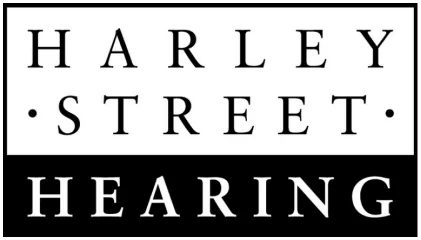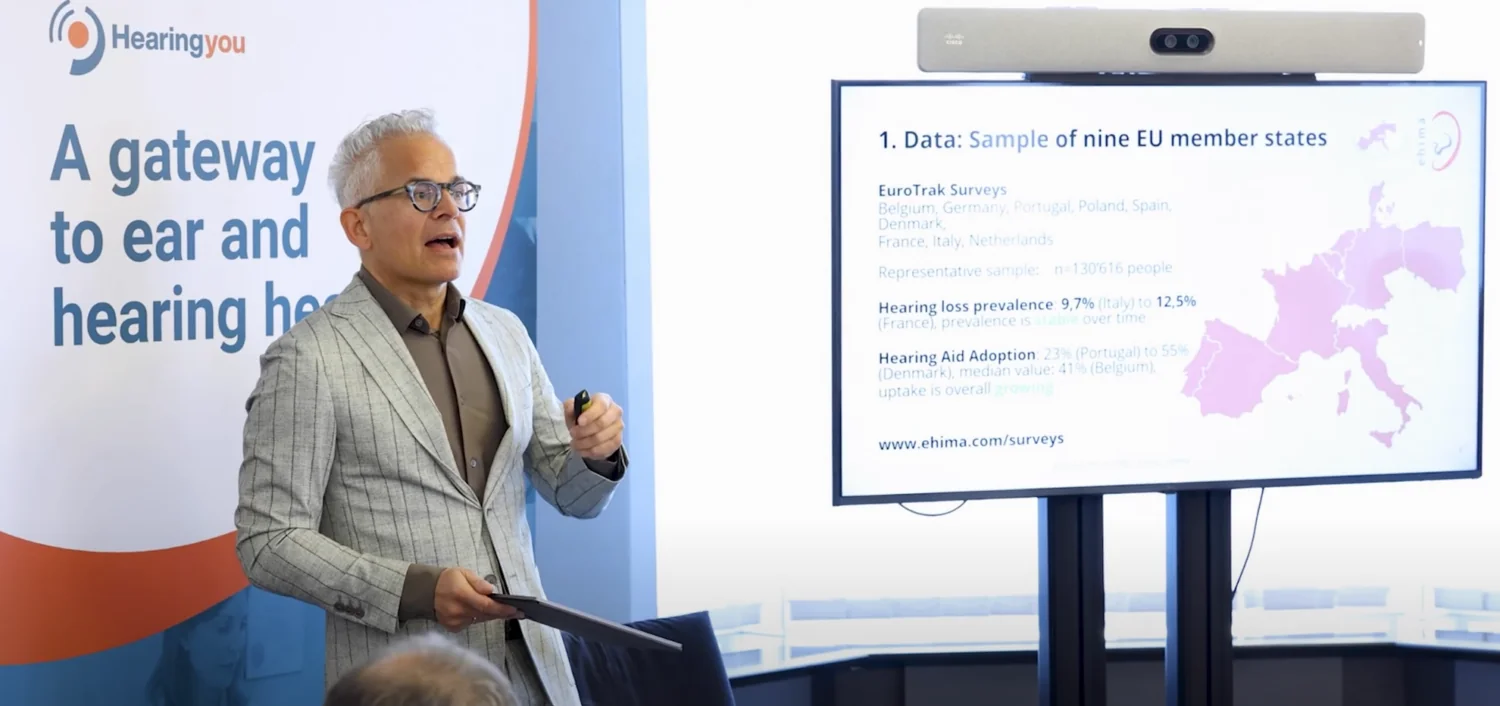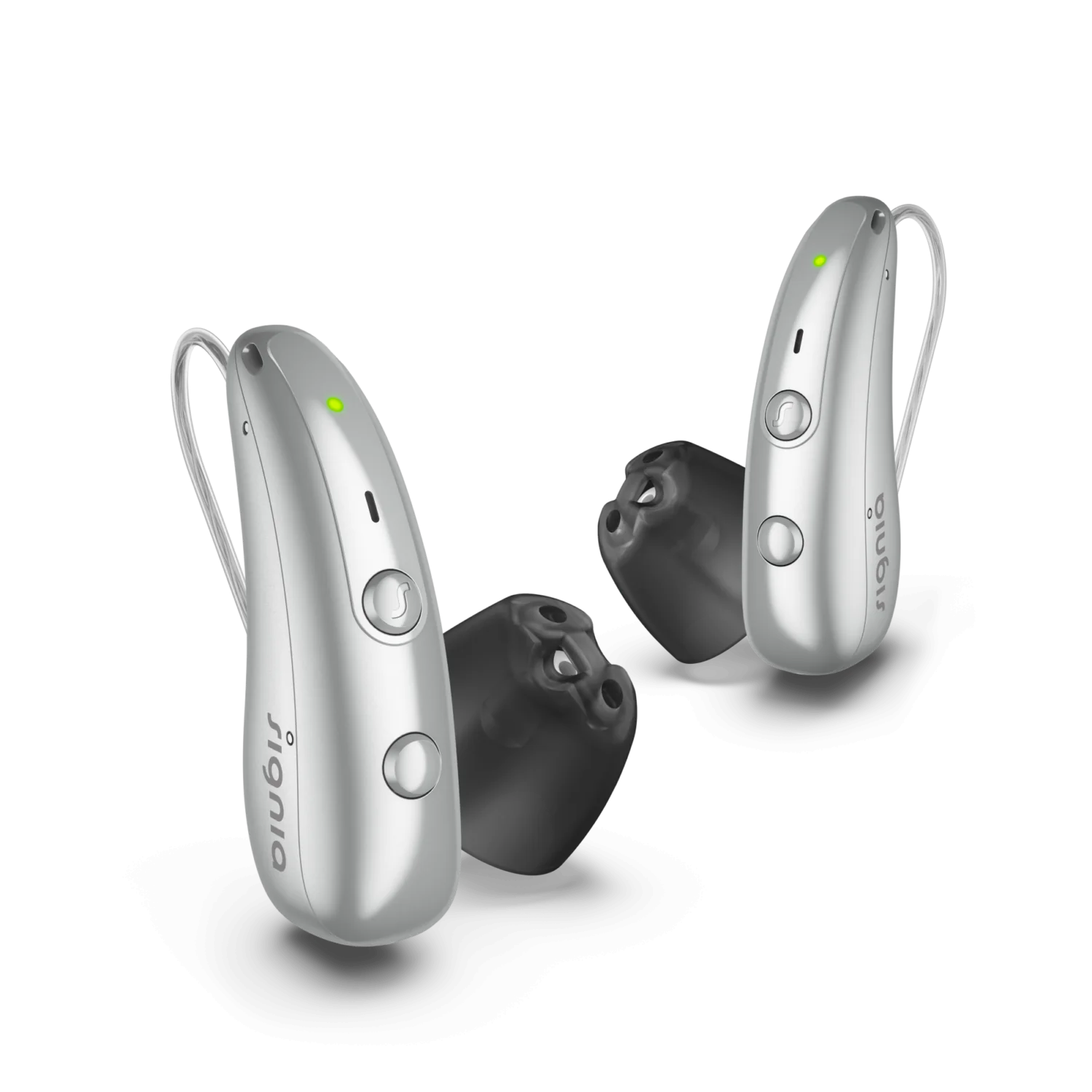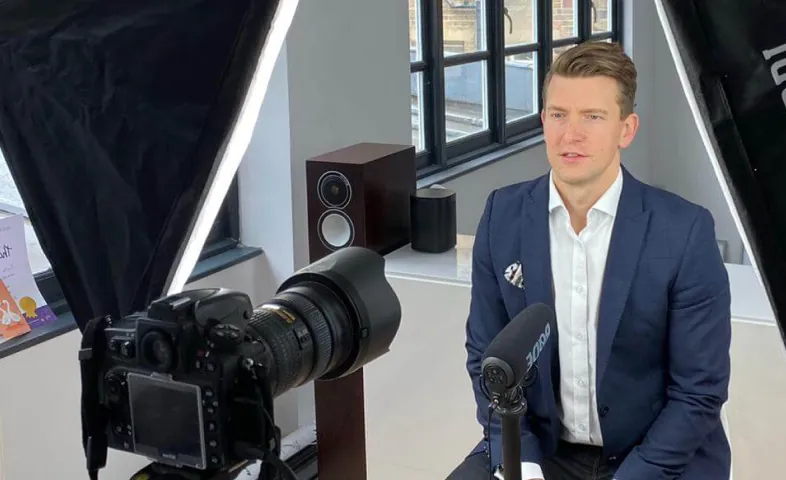Our expert team receives daily questions about hearing aids and the latest advancements in hearing technology.
Matthew Allsop, our clinical audiologist and partner, shares his insights to help answer some of the most common queries—whether from patients in our clinic or people curious at home, on Hearing Tracker – the world’s first truly independent shopping resource for hearing aid users.
Matthew is now the most-followed hearing technology YouTuber in Europe, with over 65,000 subscribers. He offers trusted advice on all aspects of hearing health, including in-depth reviews of current and upcoming hearing technology from leading global brands such as Oticon, Phonak, ReSound, Signia, Starkey, Widex, and more.









